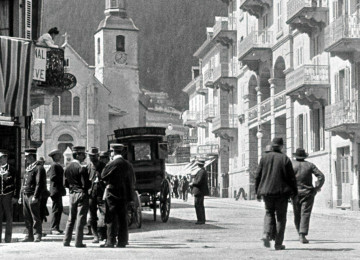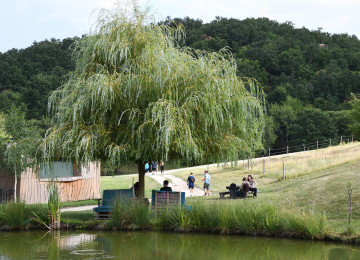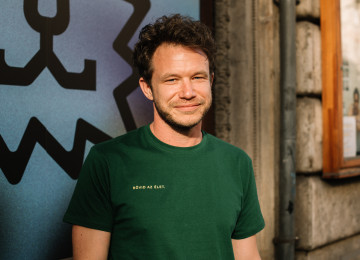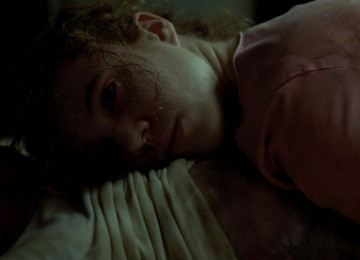Frémaux — at least within the range I could perceive — doesn’t seem to feel awkward in his prestigious positions. He fights firmly for the interests of Cannes (a matter open to many interpretations and debates, of course) and manages and develops the Lumière Institute. Still, he does all this with such ease that what shines through most of all is his unconditional love for his profession — cinema.
The occasion for our meeting was the Marathon’s screening of Lumière! The Adventure Continues. Like the previous film, this one too is a vivid montage of the Lumières’ recordings (which they called vues), accompanied by Frémaux’s narration. It is a grand cinematic experience that I would prescribe to anyone wishing to engage with moving images in any form.
Just as a drop contains the sea, the very first Lumière films contain the essence of all film theory and history. Through the journey led by Frémaux, we gain insights into the mechanisms of cinematic impact and the power of creative choices — editing, framing, directing actors, and how the mere presence of the camera (as an observer) alters what is being observed. For instance, field workers recorded on film had to work in ways they never would have otherwise, just for the shot. Thus, documentary is inevitably fiction, while fiction is inevitably documentary, since the Lumières’ staged scenes (such as The Sprinkler Sprinkled) tell us so much about the era — clothing, objects, gestures.
The Lumière brothers were scientific inventors, and although their camera and recording technology were groundbreaking, Frémaux believes their greatest innovation was the “invention” of the audience: they were the first to devise a functioning concept for how moving pictures should be presented, so that projection as a communal experience could enchant participants.
Even among their many innovations, it is astonishing how they built a system to film the entire world: they trained and dispatched dozens of cameramen with their devices. This is how the 2,000 vues were created — 50-second scenes (that format!) from Japan to South America to Hungary, capturing the turn of the century. And it is almost miraculous that—while 70% of silent films have been lost — the Lumière vues have survived practically in their entirety.
Survival required more than luck: exemplary French cultural policy was also necessary, which enabled the establishment of institutions like the Lumière Institute. It now operates in the very Lyon building where the Lumière brothers once ran their factory — today as a cinema, library, and research center.




